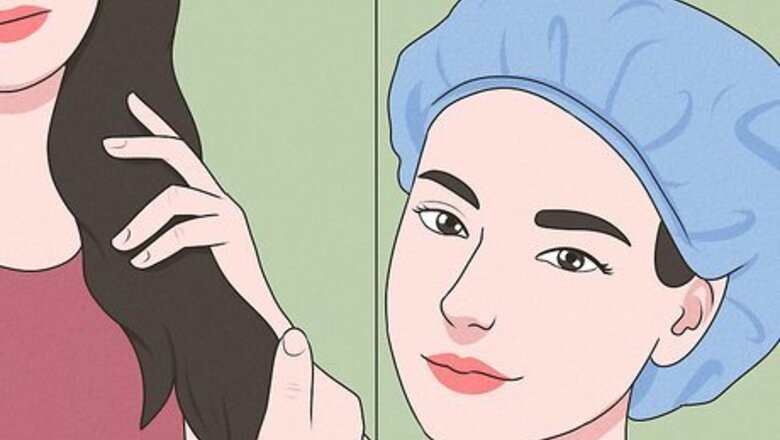
views
- Hair slugging involves coating your hair with oil to lock in moisture overnight.
- To slug your hair, apply a hydrating oil from the mid-shaft to the ends, then sleep with your hair tucked into a sock, shower cap, or silk scarf.
- Wash your hair in the morning to remove any excess oil and prevent clogged pores.
What is hair slugging?
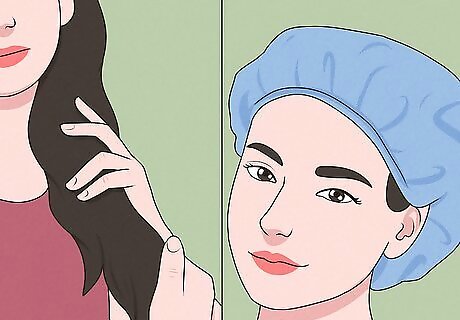
Hair slugging is when you coat your hair with oil and let it soak overnight. Instead of rinsing the oil off before bedtime, you wrap your hair in a sock, shower cap, or silk scarf to seal and lock in moisture. It leaves your strands soft and shiny, with some people claiming that it looks like they just left the salon. If you’re ready to moisturize your dull, dry, or damaged hair, we’ll walk you through the process in more detail down below! While hair slugging is just one of the latest TikTok trends, Black and Southeast Asian cultures have used this technique for centuries. Hair oiling is an Ayurvedic beauty treatment that involves massaging oil into the scalp to promote hair growth.
How to Slug Your Hair
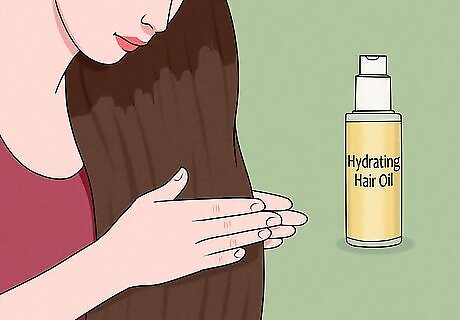
Coat your hair with oil from the mid-shaft to the ends. After washing and towel drying your hair, squirt 1-2 pumps of a hydrating hair oil into your hands, then gently apply it over the lower half of your hair. Comb your fingers through your strands to distribute the product evenly, and concentrate the oil near the ends of your hair to avoid excess heaviness and build-up. If you have coarse or curly hair, layer a hydrating hair mask on top of the oil to add even more moisture. For the ultimate boost of hydration, look for hair products with avocado, argan, jojoba, or shea oils, and active botanicals rich in antioxidants and vitamin E.
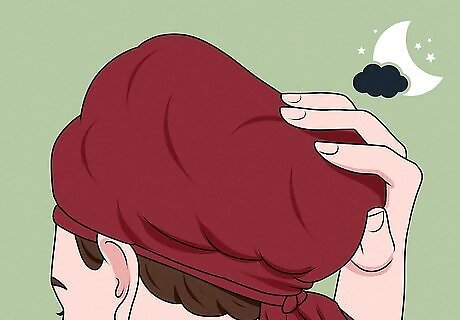
Secure your hair in a protective wrap overnight. To let the oil fully absorb into your hair, tuck the ends of your hair into a clean tube sock and secure it in place with a silk scrunchie or ponytail holder. Place a towel over your pillow to prevent any oil stains, and sleep with the sock over your hair for an intense hydrating treatment. If you have long hair, wrap your hair in a silk hair scarf so you can seal in all your strands. For short hair, tuck your hair in a classic shower cap, or try sleeping in a silk bonnet.
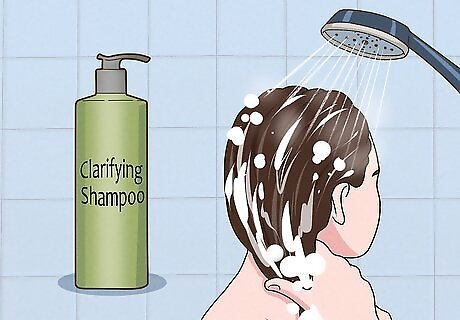
Rinse off the oil in the morning. When you wake up, wash your hair with shampoo and warm water to get rid of any oil. Leaving oil near your roots can clog your pores, so be sure to massage your scalp using circular motions. Use a clarifying shampoo if your hair feels extremely greasy in the morning, and repeat the process 1-2 more times if your hair is clumpy or heavy after the first wash. If you’ve washed your hair multiple times and you still feel stickiness, sprinkle dry shampoo powder into your scalp to absorb any excess oil. If you don’t want to leave the oil in your hair overnight, just rinse it out after 1-2 hours—you can still get the wonderful benefits of slugging in a short time span. Once you rinse the oil off, you’ll have soft and shiny locks, and you can style your hair however you like!
Is hair slugging beneficial?

Hair slugging can make your hair look more healthy and hydrated. Depending on your hair type, hair slugging may help minimize frizz, prevent split ends, and restore your hair’s natural texture. Many people claim that this technique improves the overall look and feel of their hair, but with any at-home treatment, the results may vary. Even if you don’t see the same results as other people online, hair slugging definitely provides a quick boost of shine and nourishment.
How often should you slug your hair?
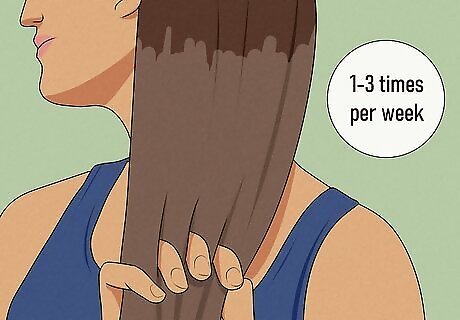
You can slug your hair 1-3 times per week if you have thicker strands. People with coarse or curly hair can slug their hair 1-3 times a week because their hair is usually porous. Porous hair absorbs oil more easily, but it also tends to dry out faster because the hair cuticle is open. This means people with thick hair types can handle slugging more often than those with straight or fine hair. People with thinner strands usually have low-porosity hair, so they should stick to slugging once a week to prevent product build-up and heaviness. Hair porosity is your hair’s ability to absorb moisture.
Which hair types work best for slugging?

Hair slugging works best for people with dry, coarse, or curly hair. While hair slugging hydrates all hair types, people with thicker strands benefit the most from this technique. They are more likely to see immediate (and noticeable) results because their hair can withstand heavier hydrating products and more frequent application than those with finer hair. People with finer hair can choose a lighter grapeseed oil to avoid product build-up or heaviness. If you have dandruff, avoid putting any type of oil in your hair.















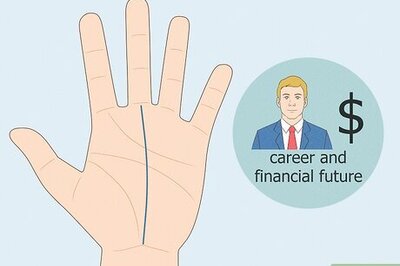
Comments
0 comment